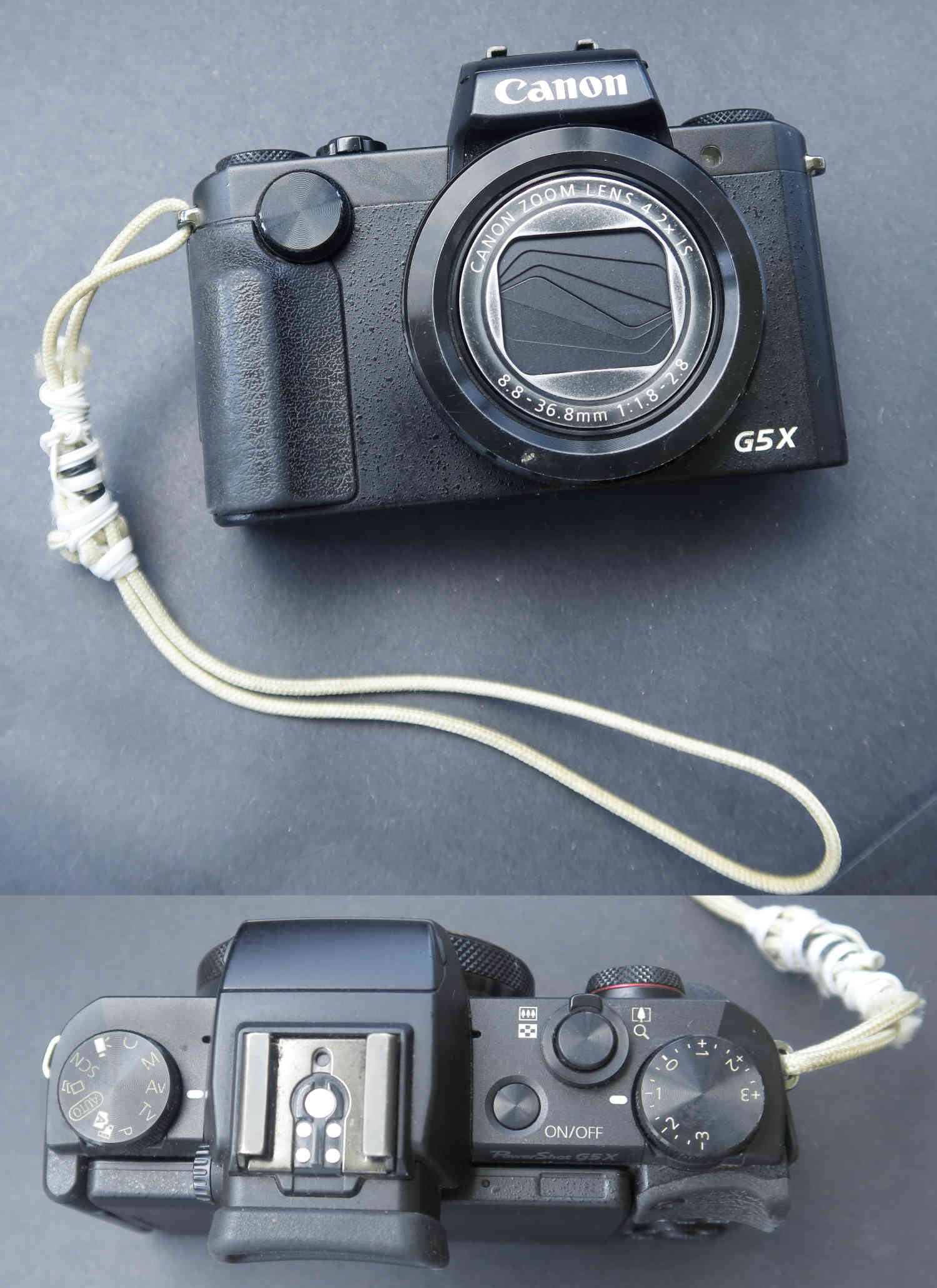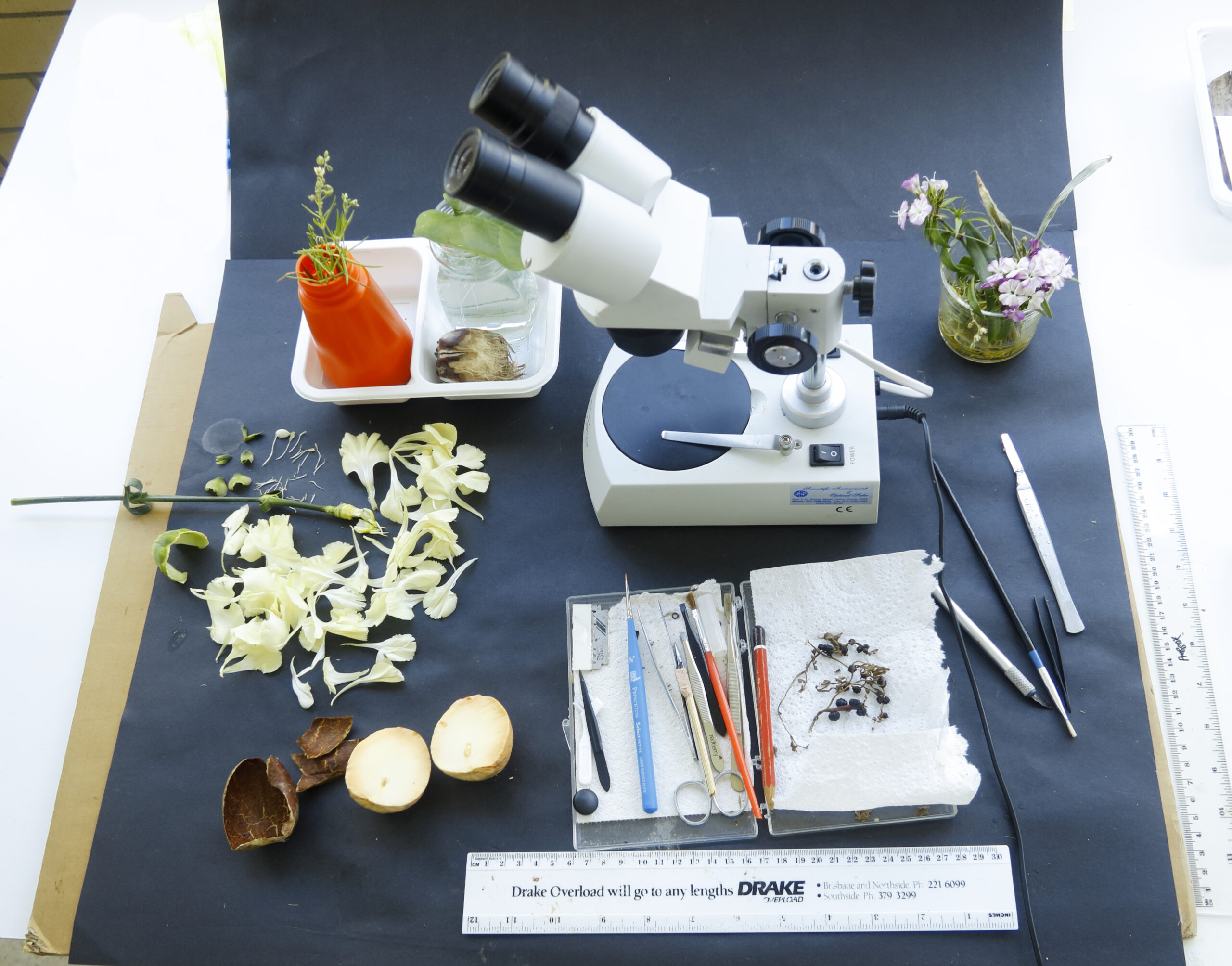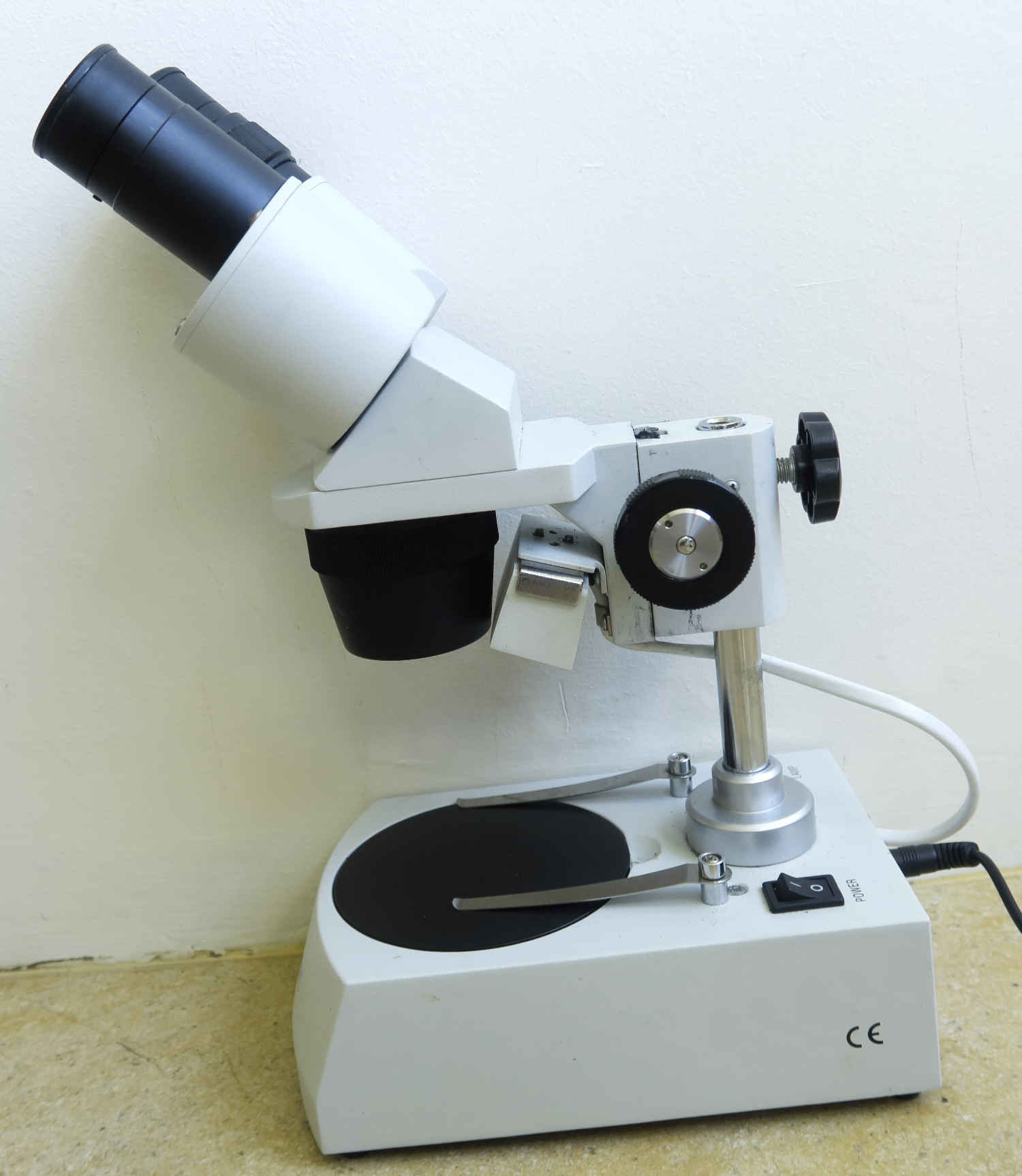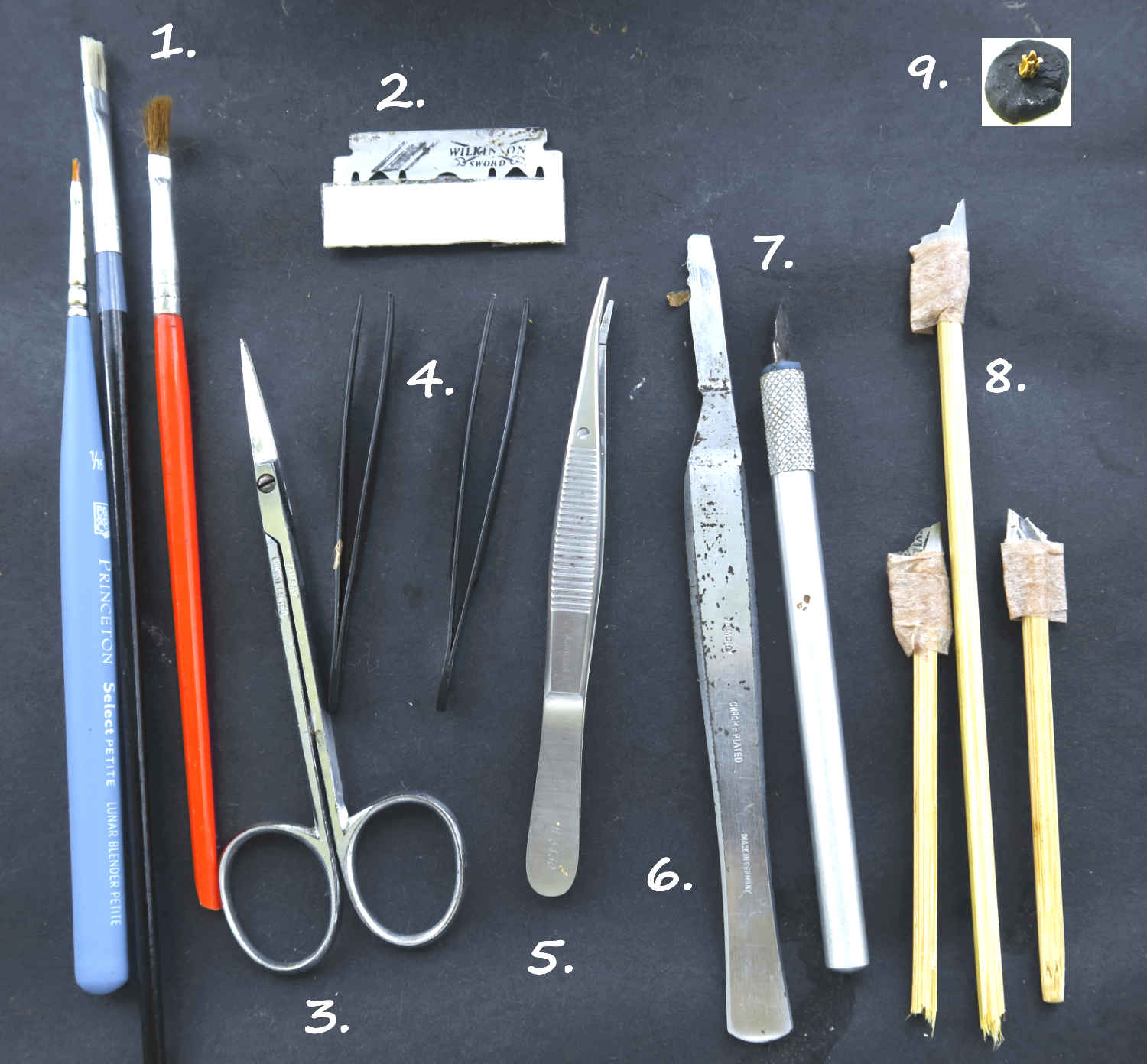About the site
To describe and illustrate the great variety of plant species that can be found in the suburbs of Brisbane, the state capital of Queensland, Australia.
All specimens to have a description with as many of the features as possible illustrated with photographs (including microscopy)
and arranged so the text and pictures are adjacent to each other.
There are no advertisments or other distractions.
Because of the layout necessitated by the thousands of individual photographs and the fine details being illustrated the site is best viewed on a larger screen – ideally a monitor or at least a tablet. It can be viewed on a mobile phone but not nearly as easily.
New material is constantly being added and hopefully there will eventually be thousands of specimens illustrated.
At 31 March 2024 there are examples of 131 plant families and 600 species and cultivars.
This site was launched in February 2022 to replace the original brisbanebotanplus.com site launched in 2019.
It has all the original material but arranged in a simpler way.
Introduction.
The vast majority of photographs have been taken while walking, probably hundreds of kilometres over the years in Brisbane suburbs.
At present the area covered extends from Paddington in the North, the Brisbane CBD in the East, Corinda in the South and Indooroopilly and Fig Tree Pocket in the West.
The area has a very irregular boundary but in its longest dimensions it is 9 kilometres from east to west and 14 Km from north to south.
It never ceases to amaze me what can be found in the suburbs – providing you walk far enough and look hard enough.
Having said that a lot of this diversity is being lost as gardens of older houses are replaced by flats and unit blocks the majority of which have similar low maintnance plants such as Philodendron Xanadu, Myoproum and Plumeria pudica.
When I go back to look at a specific tree or perennial plant maybe a year or 2 later they have often disappeared.
My main interest has always been in the flowering plants (Angiosperms) but I find it hard to resist photographing anything interesting I come across.
Having got all these extra photographs I felt I should do something with them so I have added a ‘Before Plants’ section to cover the slime moulds, fungi and lichens.
When it came to identifying my photographs I discovered that there were new ‘languages’ to learn as each field (Botany, Mycology etc.) has its own glossary of technical terms.
Much of the better information, in texts and on the internet is written by people with a thorough or good knowledge of their particular subject but the use of specialised terms makes it difficult for others to understand.
It is necessary to know these terms to be able to understand descriptions and use identification keys.
Continual reference to a specific glossary helps, but in defining one term other words are used that themselves require looking up and it is easy to loose track of the original query.
The amount and quality of both basic information and illustrations varies greatly among various sources.
Some have a few good photographs but no details while others have no images or poor ones.
I have tried to present information in simple English with multiple illustrations where possible.
Some frequently used technical terms are used (with explanations) where it saves long and repeated descriptions.
There is a short glossary of basic terms under the Angiosperm section of ‘About Plants’.
Errors and ommissions.
With just over 6000 pages of text and photographs there will be errors.
I apologise for this and would appreciate any help in correcting errors or identifying un-named specimens.
Technical details.
I have only ever had basic cameras with the advantage of them being light enough to carry for long periods.
I am a very average photographer and must admit to not being consumed by the technical details.
For a long time I had an Olympus FE-115 with 5 Megapixels and 2.8x optical zoom.
I am currently using my second 5 megapixel Cannon PowerShot GX5.
I use Canon’s Digital Photo Professional to convert the around 20 GB CR2 images to 2 to 10 GB jpgs at the highest quality.
I crop the photos and save numbers of them on single jpgs but even doing this my ‘Originals’ folder is already 225 GB with over 33,276 images.
I did not get a microscope until mid 2017 and its magnification is not sufficient to photograph things like pollen and spores.
Presentation.
I find it distracting having to jump around on a page or open another link to see illustrations described in the text then find my place in the text again.
With thousands of images I decided it was impractical to load and arrange them all individually.
I have combined a number of photographs with explanatory text on single jpgs assembled in Photoshop then Affinity.
I experimented using both black and white backgrounds for the slides and found black shows the colours and details much better.
My ‘Plant Lab’ and instruments.
I am on my second Canon Powershot G5X camera.
The ‘Plant Lab’ is a small glassed in balcony with a sheet of masonite over a kitchen table to increase its size.
Sheets of black paper from the newsagent provide backing for photographs.
The microscope is a small Prism Optical ST-30-2L with x10 eyepieces and x2 objective and direct and
transmitted illumination.
It is a great little instrument but has no camera attachment so manually holding the camera, adjusting
the aperture etc. and trying to hold the specimen perfectly still is challenging.
The instruments I use are:
1. A mix of long and short, firm and soft artists brushes to clean small specimens of grit, cobwebs etc.
2. A razor blade with paper protecting one edge used to make a fine cut through small flowers, ovaries etc.
3. Small old surgical scissors.
4. Two pairs of small manicure forceps I use all the time.
5. A pair of epilation forceps.
6. A 60 year old scalpel for cutting larger specimens.
7. A craft knife with small, sharp replacable blades.
8. Razor blade knives made with a blade fragment inserted into a slit in the end of a bamboo
skewer and taped in with micropore.
These cut delicate specimens with minimal pressure so do not distort or damage them.
9. A lump of plasticine to hold small specimens the forceps cannot.
Here is has a ruptured Dianthus capsule that is fragile and slippery with nothing to hold on to.
Search.
There is a good search function for the site but for a quick view of all plants featured there is a Plant index on the left menu.
This is just a list – it is not hyperlinked.
I hope you enjoy your visit and find something to interest or help you.
Joan Frew, Brisbane, Oct 2019/April 2024.



